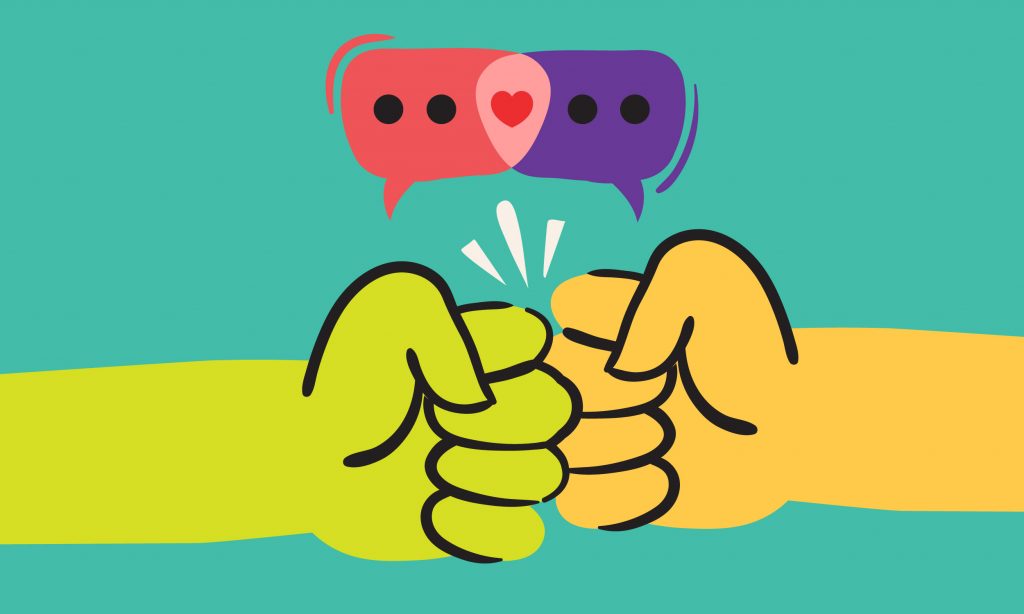
In keeping with the style of our current timeline, where every significant cultural moment feels like a 4chan shitpost, it seems like brands are embarking on wild collabs that surprise, delight, and ultimately test consumers’ culinary cognitive dissonance with increasing frequency and…extremes? Why are the big legacy players jumping across industries to partner with antithetical brands to produce products that border on novelty? And…is it working?
Pull out those Coke-flavored Oreos and pour yourself a juice cup full of Heinz Absolut Vodka because today, we’re discussing what happens when brands whip out the freak flag. From fried chicken footwear to those who dare mix tinned fish and chocolate, these are some of the weirdest, wildest brand collabs meme-ifying our cabinets and stomachs alike.
Blame the socials
Imagine working in design and packaging before social media. No unsolicited advice, no hateful comment threads, and no one beyond mainstream news sources to call out gaffes like New Coke or the company that, at the start of the AIDS crisis, doubled down on naming their chocolate appetite suppressant called Ayds.
Social media has also played a massive role in amplifying customer wants, needs, and crackpot schemes. Boaty McBoatface seemed like a real turning point. The internet rewards brands that embrace humor, irony, and cultural relevance with the same tenacity as brands that would’ve never touched something like Cheetos-colored makeup with a ten-foot pole.
Pairing familiar brands with unexpected partners taps into childhood memories while giving kudos to the type of absurdist humor that procures something like hot dog-themed streetwear.
Whether it’s that callback to our less mature sensibilities or a serendipitous pairing that defies logic with style, curiosity is bleeding into commerce.
When rubber met chicken
Fried chicken and footwear decidedly did not go hand-in-hand before Crocs released its KFC-designed rubber shoes. Adorned with a fried chicken pattern and a removable fried chicken charm, these greasy clogs played a vital role in a wild trend that – for better or worse – is just getting started. Now, you can browse Crocs infused with the DNA from Taco Bell, Busch Light, Pringles and 7-Eleven-infused.
One tumultuous conversation pulsing through the Mudge Slack channel discusses (through various GIFs and emojis) the mechanics of smelling like dessert past the age of 14. Native Deodorant’s x Dunkin’ body wash comes in four distinct smells (Strawberry Frosted, Vanilla Sprinkle, Blueberry Cobbler, and Boston Creme) you’d have to be a sociopath not to, at least, lick a taste off your loofah. Do we, as a society, need to smell like a Connecticut rest stop?
Caio Fontenele is the Heinz director of new ventures who brought to life the Heinz x Absolut Vodka after social media listening revealed the popularity of vodka pasta after Gigi Hadid posted a recipe for the spicy sauce online.
“While it may have taken over 150 years of tomato expertise to launch our first Heinz pasta sauce, we’re determined to continue innovating and delighting consumers with delicious flavours” said Fontenele in a press release I suspect was written by robots. “The iconic combination of Heinz’s high-quality tomato sauces and Absolut’s premium vodka is set to offer fans the ultimate pasta alla vodka experience. And the result is absolutely delicious!”
When it works, it works
A successful wild collaboration thrives on the balance between the distinct identities of the brands involved, creating something unexpected yet complementary. Brands are cultivating fans who share common interests and values – even if they don’t necessarily come from the same generation. Think of it like if Chappel Roan’s tour bus crashed into Carly Rae Jepson’s private helicopter – what sweet music they’d make!
Fostering more profound brand love creates opportunities for cross-pollination. When brands align meaningfully, their audiences merge organically, benefiting both brands and giving fans even more engagement.
The key is authenticity—both brands should share values or aesthetics that naturally align, even if they come from different industries. A good wild collab surprises consumers by blending unexpected elements while maintaining quality, creativity, and relevance to the target audience. When done right, the collaboration feels like a seamless extension of each brand rather than a forced or gimmicky partnership.
Ghia worked with functional mushroom chocolate brand Alice for a Nutella-style spread (the aptly-named Happy Ending) infused with Ashwagandha, cordyceps, horny goat weed, and other bedroom-boosting ingredients that actually tasted pretty good. Consider the categories: Ghia is positioned as a brand that celebrates mindful indulgence, while Alice’s functional food items are designed to enhance mental clarity and physical well-being.
Jarritos is no stranger to wild brand collabs (Native x Jarritos), recently joining forces with La Michoacana to bring together two legions of fans whose love for authentic Mexican flavors runs deep. Pardon the personal horn-tooting, but we were jazzed with how this thing turned out.
My favorite kind of collab is the kind that makes me scream: WHY DIDN’T I THINK OF THIS FIRST?!
Two words I never thought I’d type out IRL: chocolate sardines. Fishwife partnered with Maine’s Bixby Chocolate for a limited-edition, 100% fish-free, dessert tin that tickles the senses with its out-of-the-boxicity.
Kelly Thoughts
- Don’t jump the shark, even when that shark is made of succulent fried chicken.
- Success hinges on a balance between identity and authenticity.
- When brands align on values or aesthetics, even unconventional pairings can work, offering consumers something fresh and relevant.
Blending the unexpected with the unexpectedly awesome (i.e. a high-quality product) adds a layer of legitimacy to a collab while satisfying the modern consumer’s desire for novelty.
